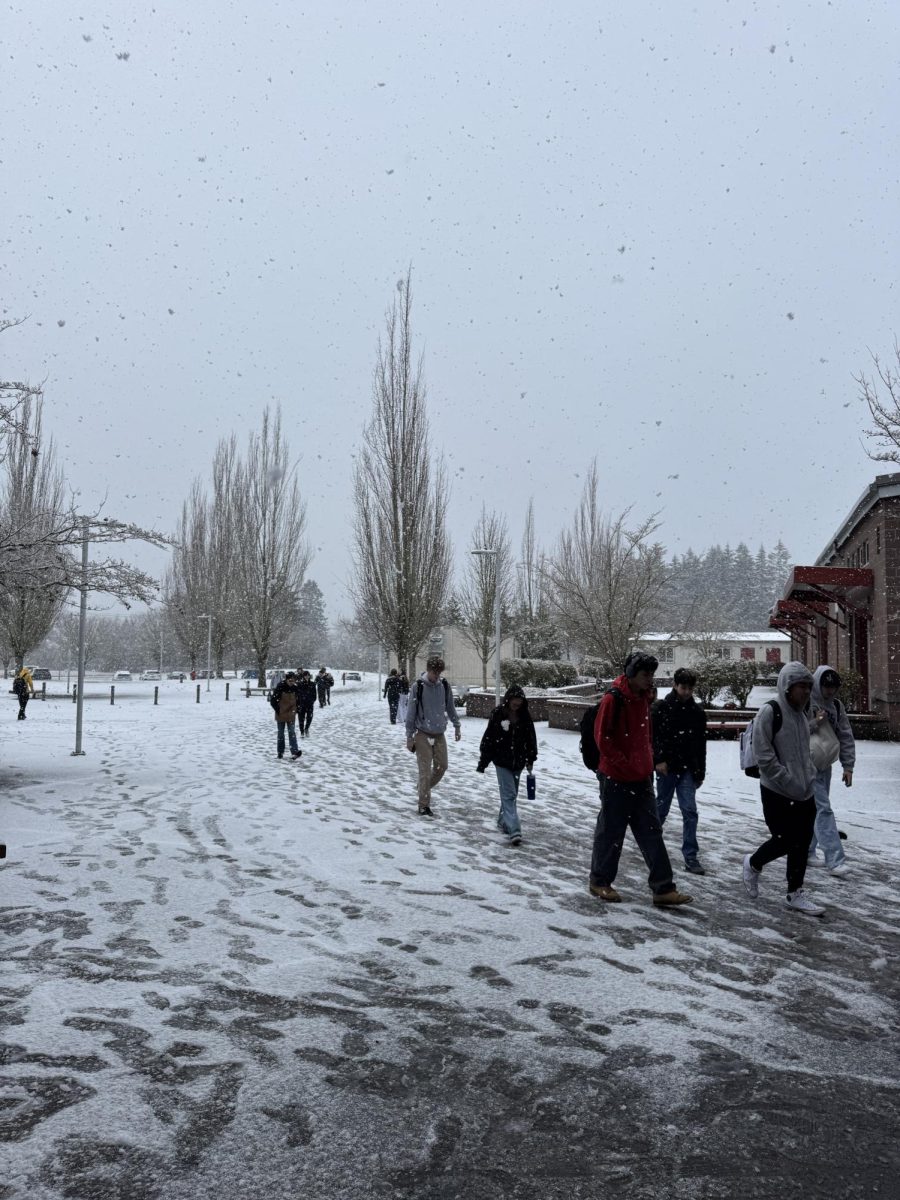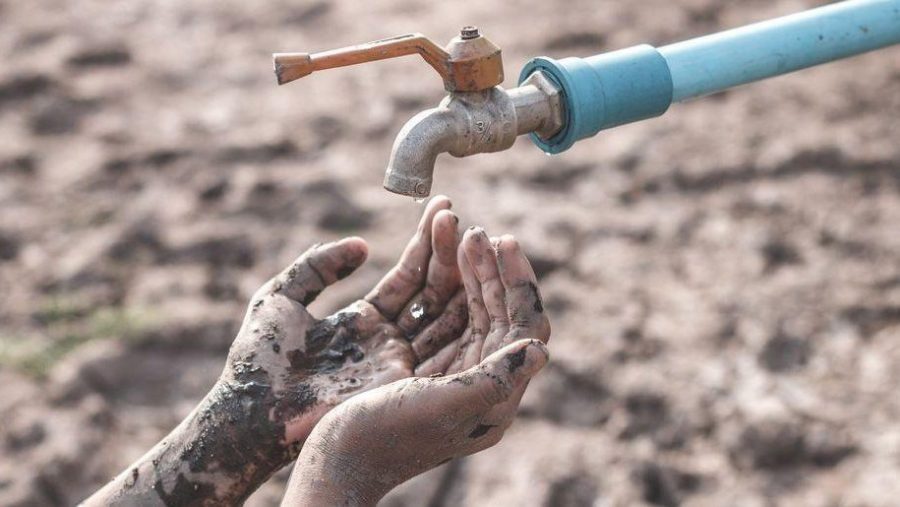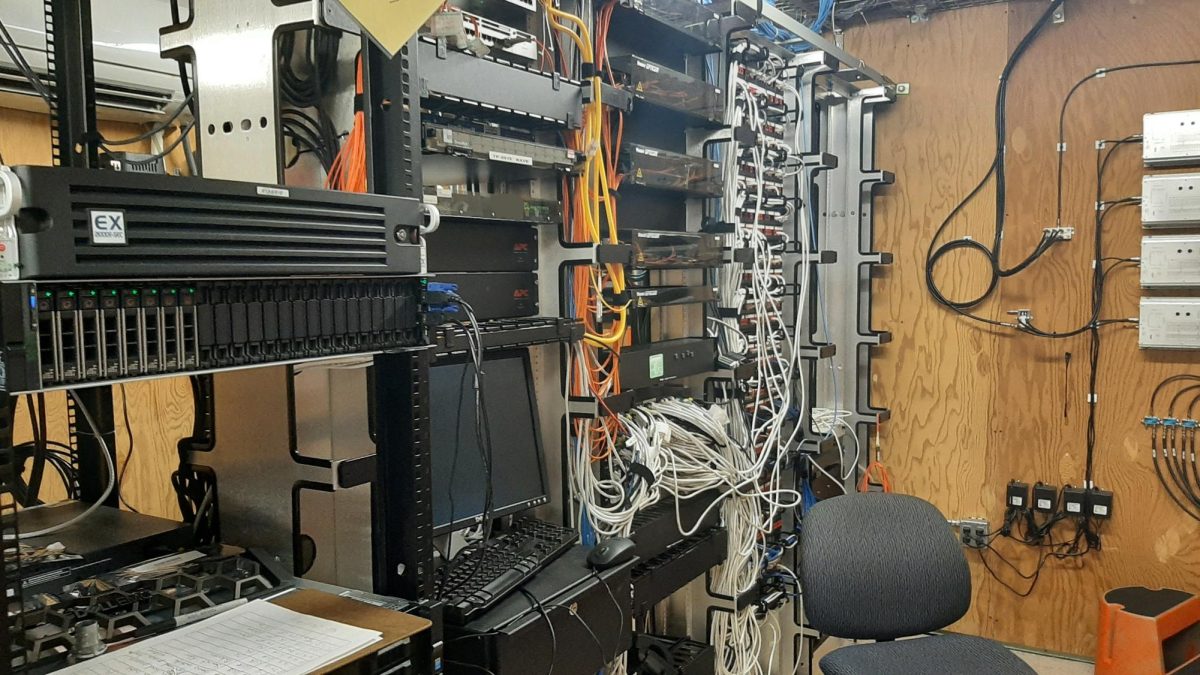Hundreds of millions of people around the world lack proper access to one of life’s most basic necessities: clean water. Despite the fact that government and relief organizations have assisted many people living in water-stressed areas gain access in recent years, the situation is expected to worsen as a result of the negative impacts of global warming as well as population growth.
When the need for clean, usable water in a given region exceeds the supply, water scarcity occurs. On the demand side, agriculture consumes about 70% of the world’s fresh water, with the remainder going to commercial (19%) and domestic (11%) uses, including drinking. Land waters such as rivers, streams, and reservoirs, as well as groundwater accessible by aquifers, are sources of supply.

Water stress varies greatly from place to place, and in some situations, it may have far-reaching consequences for public health, sustainable growth, and foreign trade. It has the potential to cause mass migration and conflict. Pressure is mounting on countries to adopt more sustainable and creative policies, as well as to strengthen regional water management cooperation.
Water scarcity is commonly categorized into two categories: physical scarcity, which occurs where there is a lack of water due to local natural factors, and economic scarcity, which occurs when water infrastructure is insufficient.
Water stress is often caused by both physical and economic scarcity. For example, in a strained environment, there could be a lack of sufficient water storage and sanitation facilities as well as a lack of rainfall. Even where there are major natural causes for a region’s water stress, human factors are often at the heart of the issue, particularly when it comes to access to clean water and healthy sanitation.
Even though water scarcity is a common problem in developing countries, high-income countries still experience this problem. Water supplies in the United States have been severely strained by factors such as outdated infrastructure and rising population growth, resulting in emergencies in cities such as Flint, Michigan, and Newark, New Jersey.

The number of water-stressed areas is expected to rise as a result of global warming, and water scarcity in already-affected areas is expected to worsen. Agriculture may pose a number of difficulties. Rainfall is becoming more erratic, and rising temperatures hasten the evaporation of water from the soil. Floods, which can wash out fields, overload storage structures, and sweep up the debris that can clog treatment facilities, are predicted to become more common as the atmosphere becomes more unpredictable.
Water scarcity for an extended period of time can have disastrous consequences for public health and economic growth. At the same time, because water shortage makes irrigation more complex, it puts a community’s food security in jeopardy. Additionally, if a water-stressed city has reliable access to potable water, residents must drive great distances or wait in long lines to get it, wasting hours that could be spent doing other activities such as work or school.









































